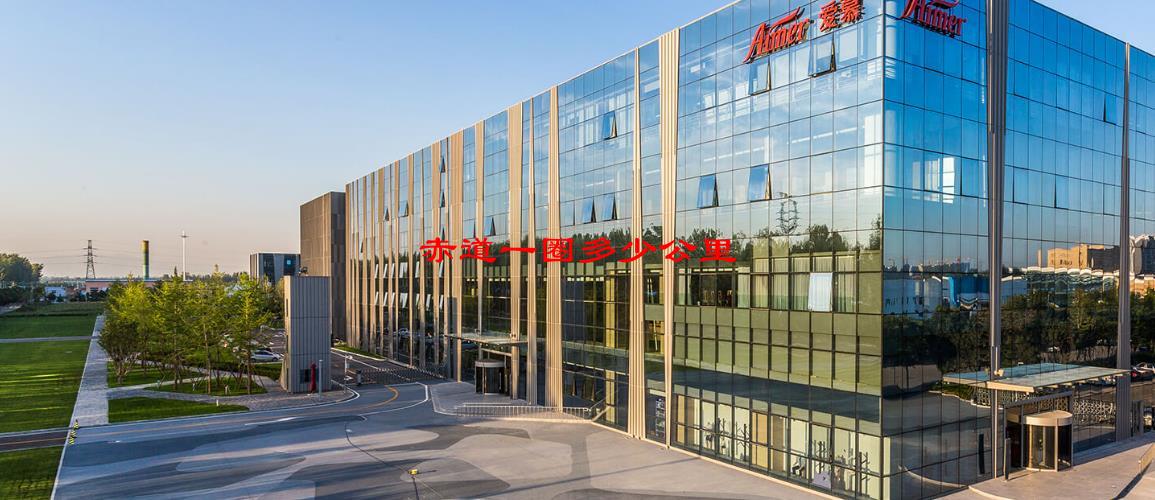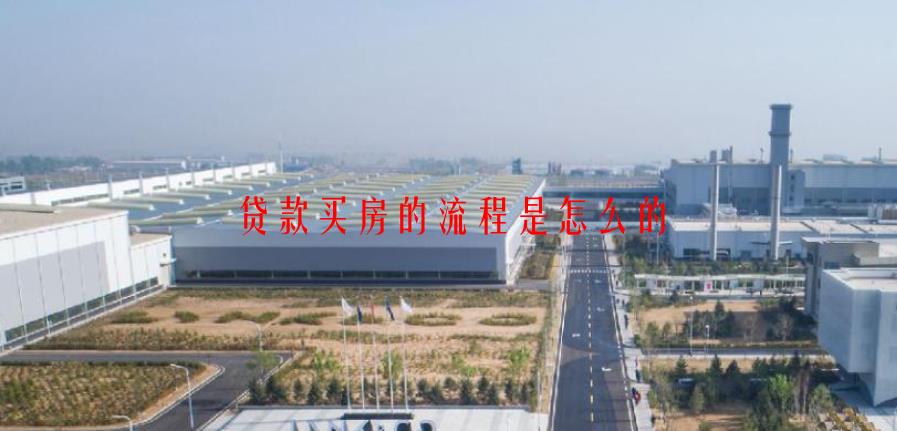
疤痕增生如何消除
最佳答案:
Hypertrophic scar (HTS) mitigation
Scar revision surgery remains the definitive method for managing HTS,particularly those with associated contractures. Surgeons employ many techniques to release the contracture with a complexity ranging from simple incision with a blade across the scar and application of skin substitute and/or autograft to local perforator flaps to more complex free flap reconstructions that may involve tissue expanders (Hudson and Renshaw,; Hayashida and Akita,). Other first-line treatments are also available that are less invasive. Intralesional steroid injection,for instance,inhibits fibroblast activity and alters transforming growth factor betas (TGF-β1and TGF-β2) expression (Tziotzios et al.,). Similarly,intralesional 5-fluorouracil injections inhibit collagen production and fibroblast proliferation (de Waard et al.,),limiting the severity of HTS. These therapies are generally well tolerated with minimal side effects such as hypopigmentation or dermal atrophy. Cryotherapy is a safe office-based procedure often used in conjunction with or as a second-line treatment after steroid injection. Liquid nitrogen is carefully sprayed onto a scar,freezing and lysing underlying cells to alter fibrotic tissue,fibroblast activity,and collagen synthesis (Dalkowski et al.,),thereby reducing scar thickness. Lastly,clinicians are beginning to use a variety of medical lasers to treat HTS,which will be discussed later in section HTS Mitigation of the review. Many of these treatments are often combined over the course of a patients care with synergistic results. Unfortunately,none of the available treatments have resulted in complete abatement of HTS.","department":"










